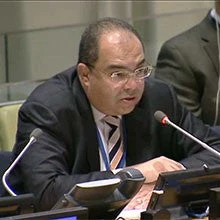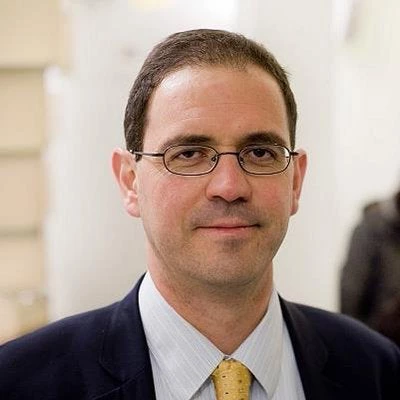During Habitat III in Quito, Ecuador, World Bank Senior Vice President Mahmoud Mohieldin and Arturo Ardila-Gomez, Global Lead for Urban Mobility & Lead Transport Economist, look at an example of how World Bank-supported operations and technical assistance contribute to the objectives of the Sustainable Development Goal No.11 to make cities inclusive, safe, resilient, and sustainable.
The World Bank views Planning, Connecting, and Financing as three essential policy tools to nurture inclusive economic growth in cities . The Connecting tool is aimed at connecting people with jobs and schools, and businesses with markets, in order to help promote inclusion. Within the framework of its transport initiative, Sustainable Mobility for All, the World Bank is assisting client countries and cities in developing urban transport projects and policies that support both public transport and non-motorized transport.
Financed jointly between the Latin American Development Bank (CAF), European Investment Bank (EIB), Inter-American Development Bank (IADB), and the World Bank, the Quito Metro project will generate benefits in terms of productivity (300,000 hours-man a day), climate change (2.5 million tons over the next 30 years), and vulnerable groups and women (improving accessibility to jobs and services). Less congestion will also lead to less vehicle operating cost, reduction of noise, accidents, and local pollutants.




Join the Conversation